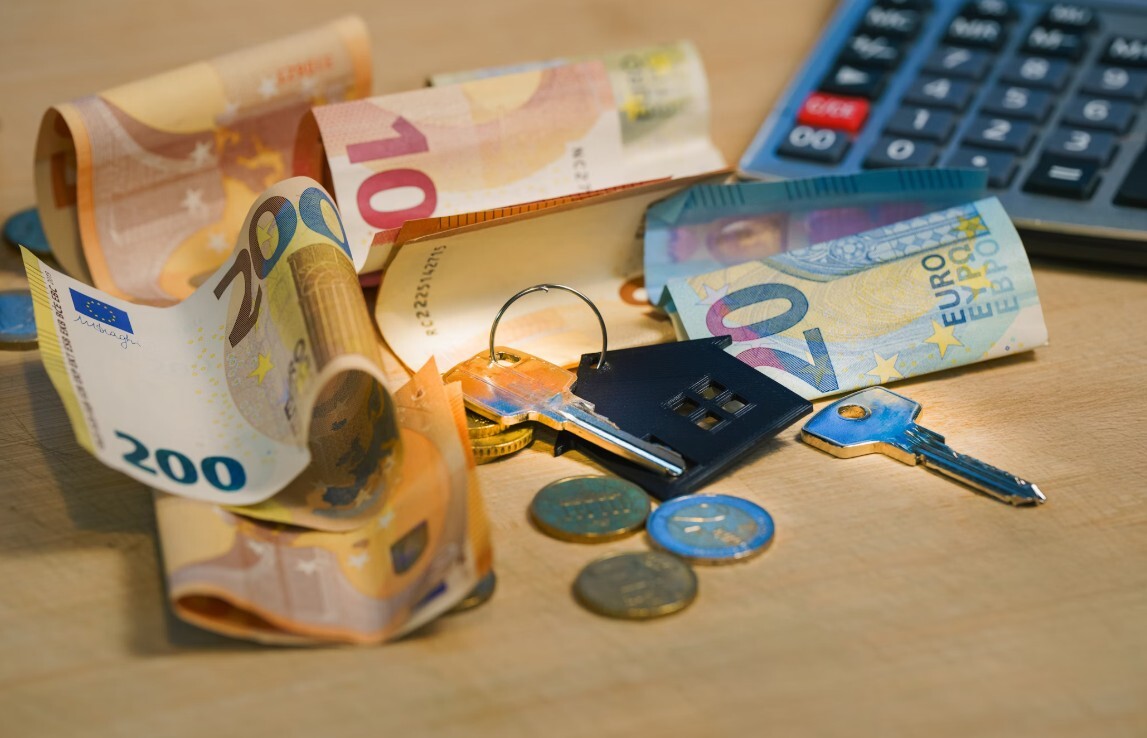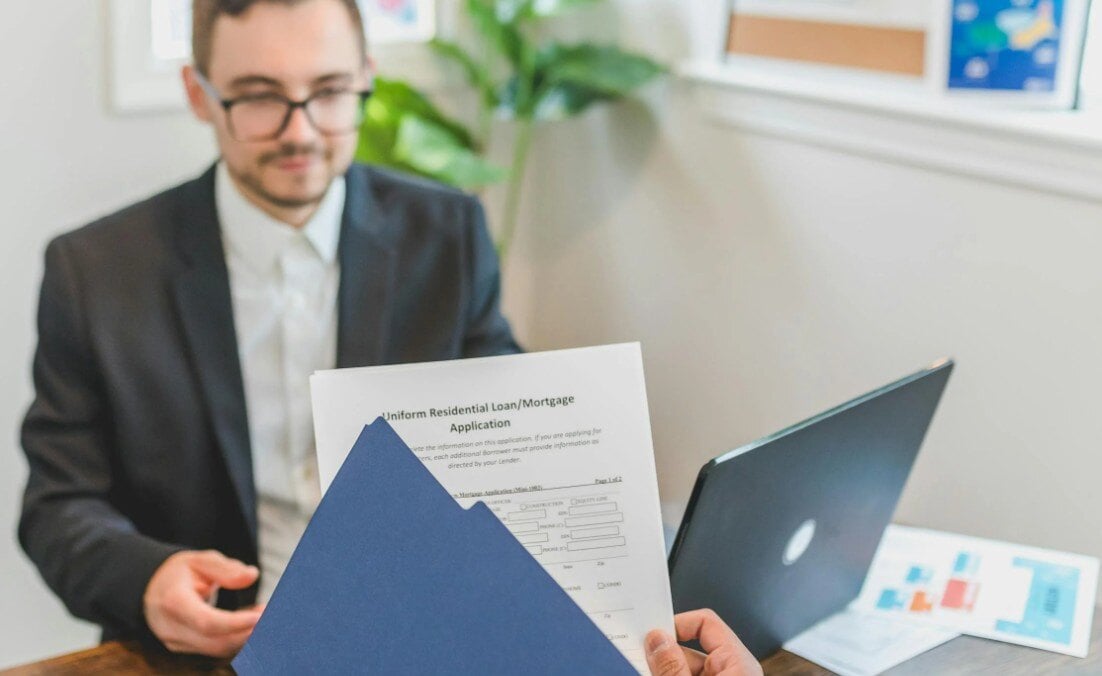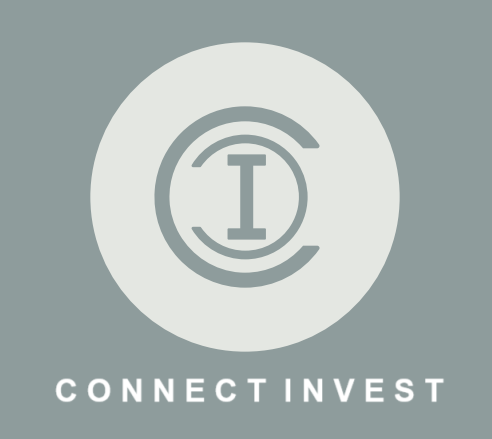What Is a DSCR Loan? DSCR Loan Meaning + Requirements
Do you need bank financing for your next investment property but are worried about qualifying? A DSCR loan could allow you to secure financing...
4 min read
Rent To Retirement : Oct 11, 2024 9:31:22 AM

Looking to buy your first or next rental property? Coming up with an investment property down payment is one of the biggest hurdles new investors face. In this guide, we'll share the minimum down payment for investment property, strategies you can use to put less money down, and creative ways to fund a large down payment!
Summary
Most investment property loans require a down payment of at least 15%-25%, but the amount required for your investment property will depend on several factors, such as the type of building you’re buying and your lender’s requirements. Generally, a larger down payment and a lower risk profile will result in a lower interest rate and better terms.
Conventional loans require 15% down for a single-family property and 25% down for a small multifamily property. If you’re buying a large multifamily property (five or more units), you will need a commercial loan and a 25% down payment. If you buy a turnkey rental from Rent to Retirement, you can put just 5% down!
An owner-occupied investment property requires a much lower down payment than most rental properties. If you live in one of the units of a small multifamily (house hacking) property, you can put 3.5% down with an FHA loan or 5% down with Fannie Mae’s multifamily loans!
Most commercial properties, including large multifamily properties with five or more units, require at least 25% down for a conventional loan. However, Small Business Administration (SBA) loans and other government programs may require as little as 10%-15% down.
|
Investment Property Type |
Minimum Down Payment % |
|
Turnkey Rental Property |
15%-25% (or 5% with Rent to Retirement!) |
|
Rental Property |
15%-25% |
|
House Hack |
3.5% for an FHA loan |
|
Small Multifamily (2-4 units) |
25% (or 3.5%-5% if owner-occupied) |
|
Large Multifamily (5+ units) |
25% |
|
Warehouse |
10%-30% |
|
Self Storage |
10%-30% |
|
Commercial Property |
10%-30% |
|
Mixed-Use Building |
10%-30% (3.5%-5% if owner-occupied) |
Investment property loan requirements are often stricter than primary residence mortgage requirements. If you want to qualify for an investment property loan, you’ll most likely need to meet the following criteria.
Most lenders require a minimum credit score of 620 for a conventional loan with 25% down. If you can’t put down 25%, lenders may require a minimum credit score of 700. If you want the best rates and terms, aim for a credit score of 740 or higher.
For a conventional loan, most lenders require a maximum debt-to-income ratio of 45%. To calculate your DTI, tally your monthly debt payments and divide this number by your gross monthly income. Do so again with the potential mortgage payment of a new property included.
Most investment property loans require you to put 15%-25% down and show that you have at least six months in cash reserves to cover your mortgage payments. The exception is if you are buying an owner-occupied property, in which case you could put as little as 3.5%-5% down and avoid cash reserve requirements.
While a 15%-25% down payment is needed for most investment property loans, there are a few ways to get around this requirement. Consider these creative tactics to lower your down payment.
Rent to Retirement offers 5% down loans on turnkey properties. You can use these loans on up to five properties and build an entire portfolio of newly renovated properties with low money down!
We can even show you how to buy your first rental property with NO money down!
You can reduce your down payment to just 3.5% or 5% by making your investment property your primary residence. Live in one unit, rent out your other units or rooms, and use the rental income to help cover your mortgage payment.
If a 25% down payment seems out of reach and house hacking isn’t an option, ask the seller if they will finance the property instead. If they agree, you could negotiate a lower down payment and better terms!
Don’t have enough money for an investment property down payment yet? There are several ways to scrounge up the funds you need.
15%-25% might seem like a large amount of money to save, but there are all kinds of ways to reach your goal faster. Lower your expenses, increase your savings rate, get a second job, or start a real estate side hustle!
If you already own a primary residence or rental property, you could use a HELOC to help fund the down payment for your next property. Keep in mind that most lenders will only let you borrow up to 80% of the equity built up in your property.
If you have a brokerage account with stocks, bonds, or mutual funds, you could get a margin loan to help cover the down payment for an investment property. Your portfolio funds will be used as collateral, so be sure to pay your loan on time and prepare to replenish the funds in your portfolio if its value decreases.
A private money lender might be willing to lend you the down payment for your investment property. Just be mindful that private money terms typically range from six months to five years, so you will need a plan for making your lender whole when the loan becomes due.
Ready to buy your next investment property? Unless you’re using the house hacking strategy, you’ll need to save up for a 15%-25% down payment and six months of cash reserves. Buy a turnkey rental from Rent to Retirement with just 5% down instead. You can use this loan for up to five different investment properties!
The amount you put down on an investment property will depend on your financial situation, your investing goals, and your lender’s requirements. If you’re able to put a larger amount down, you could get a better interest rate and a lower monthly payment.
Yes, some loans allow you to put as little as 15% down on an investment property, and you could negotiate an even lower down payment with seller financing. If you make the property your primary residence, you could even qualify for an FHA loan and just 3.5% down.
No, rental property down payments are not tax deductible. You can, however, take a tax deduction for depreciation (spread out over multiple years) once you make your property available for rent.

Do you need bank financing for your next investment property but are worried about qualifying? A DSCR loan could allow you to secure financing...

If you’re looking to buy an investment property, good news! There are several financing options you can use to help fund your purchase. But what type...

Before you can reap the many benefits of real estate investing, you’ve got to buy your first rental property, which is a challenge for many investors...